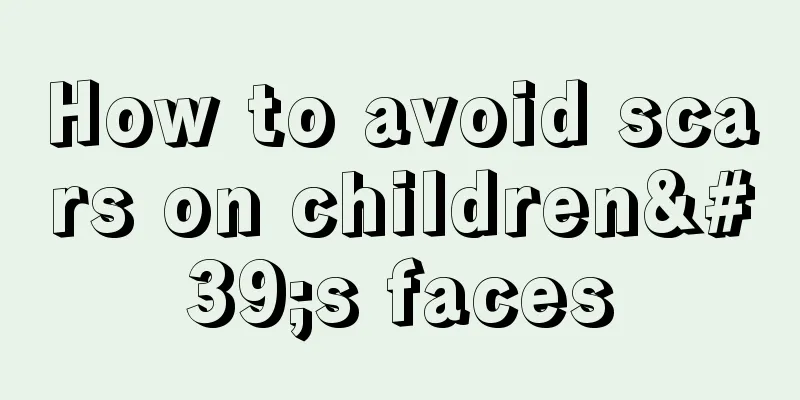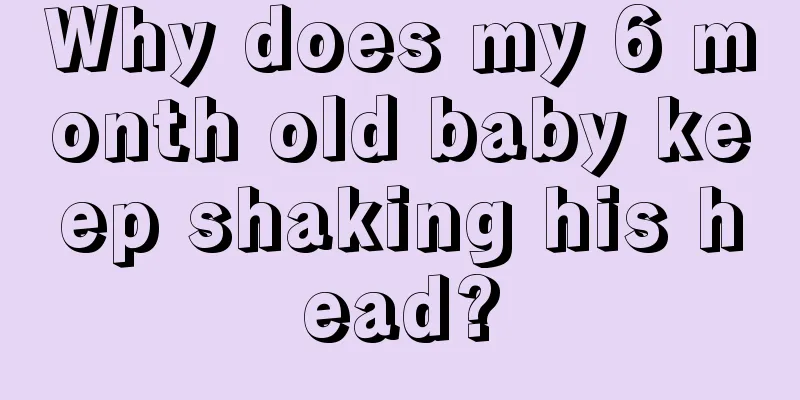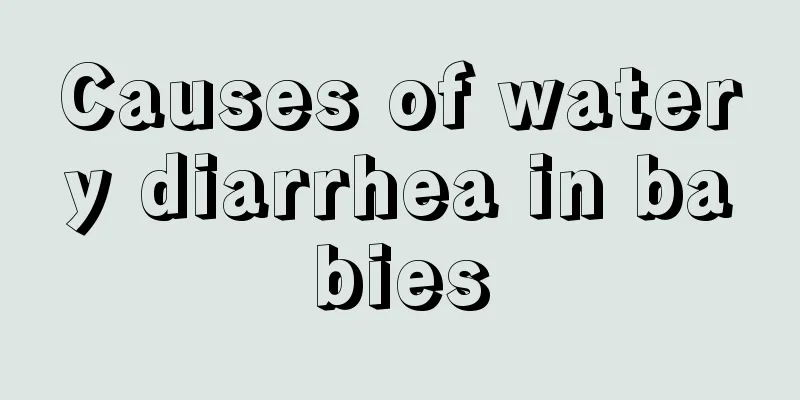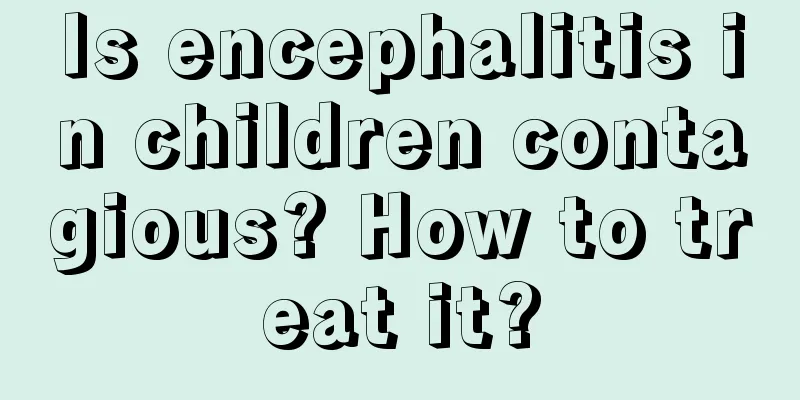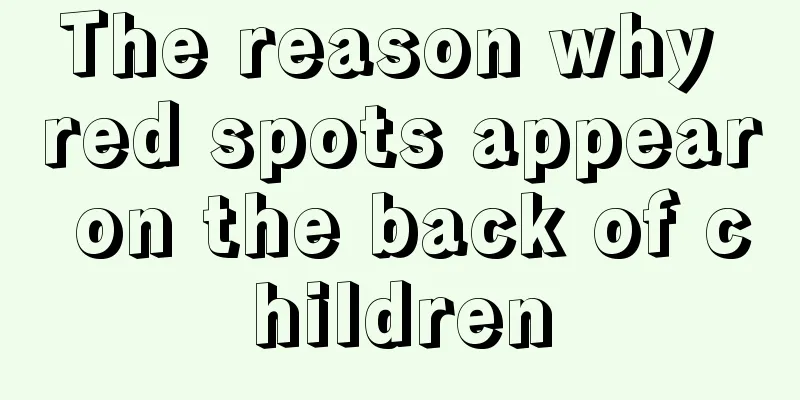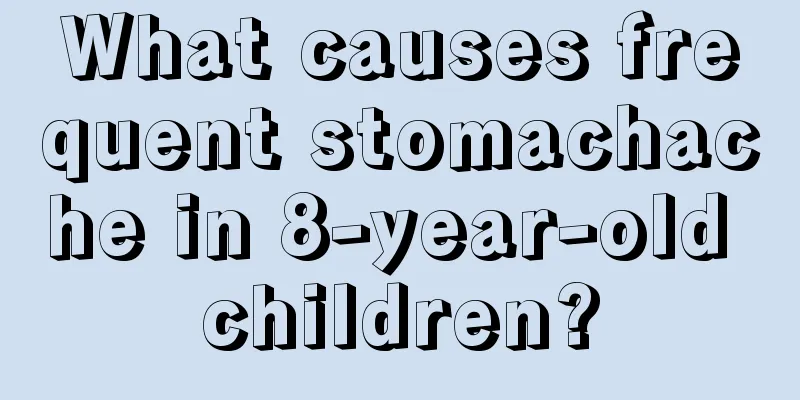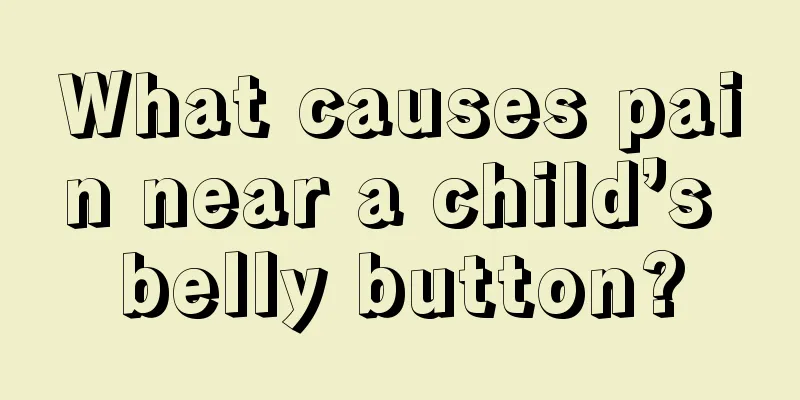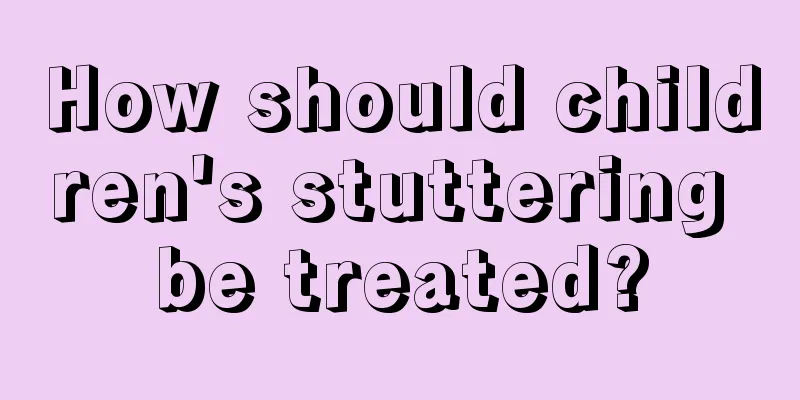How to do tear duct flushing for babies

|
Nowadays, every baby will undergo some corresponding physical examinations shortly after birth. We all know that babies are very fragile during their developmental period and are prone to diseases. Many people know that the tear duct of babies needs to be flushed, so today I will introduce to you how to flush the tear duct of babies? And I will also introduce in detail what you need to pay attention to when flushing the tear duct of babies? Tear duct irrigation - two-in-one diagnosis and treatment of tear duct obstruction. Tear duct irrigation is a necessary diagnostic and treatment method for congenital tear duct obstruction and neonatal dacryocystitis. Our Children's Hospital Ophthalmology Department performs tear duct irrigation on thousands of such "tear-eyed" babies every year, the youngest of whom is only a few days old. Many parents are reluctant to perform tear duct flushing and tear duct clearing surgery on their babies at an early stage because they feel sorry for their babies and are afraid that their babies will suffer. In fact, this idea is wrong. Delaying the treatment will aggravate the inflammation and blockage of the baby's tear duct. The tear duct flushing and unblocking surgery will be performed when the child is very old, and the effect is very unsatisfactory. Some children even undergo repeated tear duct surgeries. Not only are the children in pain, but it ultimately ends in failure, and the tear duct function can no longer return to normal. The purpose of tear duct flushing: 1. To check whether the tear duct is unobstructed. Such as complete blockage, partial blockage or stenosis. 2. Preliminarily determine the location of tear duct obstruction and whether there are other congenital abnormalities of the tear duct. For example, whether the obstruction is located in the lacrimal duct, common lacrimal duct or nasolacrimal duct, whether there is puncta agenesis or lacrimal duct atresia, etc. 3. Drain and clean the large amount of pus and mucus in the tear duct, and inject antibiotics into the tear duct to control the spread of inflammation. 4. Tear duct flushing can break the thin membrane that blocks the lower end of the nasolacrimal duct in some children, making the tear duct unobstructed. Therefore, we recommend that if you find that your baby has symptoms of tearing and excessive secretions, you should go to the hospital for tear duct flushing as soon as possible. The best period for conservative treatment of the tear duct is from birth to 2-4 months. After an early clear diagnosis, regular tear duct flushing to drain pus, coupled with parents' active daily massage of the lacrimal sac area and application of medicine, can promote early patency of the tear duct. Parents think that "the baby keeps moving and crying, is extremely uncooperative during the examination, and tear duct flushing will cause harm to the baby", but this is actually an unnecessary worry. The ophthalmology department of our children's hospital has small blankets specifically for fixing the child's body and a small head rest for fixing the child's head. These can both brake the child and avoid putting excessive pressure on the child's body and causing harm. The needle used for flushing the baby is the thinnest needle used in ophthalmology, and the head of the needle is round and blunt, which can smoothly enter the child's slender tear duct without hurting the baby's tender tear duct. Before flushing the tear duct, we will drop surface anesthetic eye drops on the child's tear puncta, and the child will not actually feel any pain. . Diluted antibiotics are added to the tear duct irrigate, which serves as both a diagnostic test and a treatment. The above are some methods of infant tear duct flushing introduced to us by professionals, so those who don’t know much about infant tear duct flushing can refer to the above content. At the same time, we as parents should pay attention to this aspect, which will also help in caring for the baby. I hope the above content can help everyone. |
<<: How much does a two month old baby weigh?
>>: Why do babies have diarrhea?
Recommend
How to deal with a 2-year-old baby having a fever at night
It is common for a two-year-old baby to have a fe...
What are the medicines for clearing heat and detoxifying in children?
As people's nightlife becomes more and more a...
Red pimples on the child's legs are itchy
Many parents will find that their children have r...
Reasons for red eyebrows
After every baby is born, many young parents are ...
Causes of birthmarks in children
Birthmarks are not unfamiliar to many people. Peo...
8-year-old boy wets the bed
In most people's definition, bedwetting mainl...
What to do if your baby is lactose intolerant? Can you take it in small amounts and multiple times?
Baby lactose intolerance means that the baby is a...
What to do if your baby has bloating
We also know that in life, babies are often prone...
What jewelry is good for newborns?
When a baby is born in the family, the whole fami...
How to carry out rehabilitation treatment for cerebral palsy in children
When children come into this world, they are expe...
Causes of rhabdoid tumor in children
As human living standards improve, humans have a ...
What should a six-year-old child with constipation eat?
Many mothers are very troubled by constipation in...
How to improve children's memory
We usually think that good memory is a sign of in...
What should six-year-old children eat to supplement calcium? This thing is indispensable!
In daily life, many foods contain some nutrients ...
Is it easy for a child's skin to turn from dark to white?
Skin is our outer coat. As Chinese people of the ...
